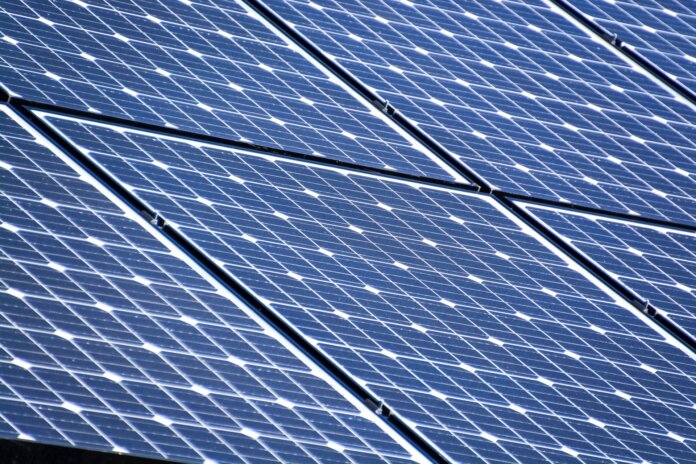The U.S. Department of Energy (DOE) has published “America’s Strategy to Secure the Supply Chain for a Robust Clean Energy Transition,” a comprehensive U.S. government plan to build an “energy sector industrial base.”
The strategy examines technologies and crosscutting topics for analysis in response to Executive Order 14017 on America’s Supply Chains and is part of a whole of government approach to chart a course for revitalizing the U.S. economy and domestic manufacturing by securing the country’s most critical supply chains.
The energy sector has undergone significant changes, including rapid cost reduction and increased deployment of solar and wind energy, and significant digitization of and strain on the U.S. electric grid.
In the decades to come, the energy sector will evolve at an accelerated pace reflecting continued innovation, investment trends in private capital markets, and the urgent need to combat global climate change. Demand for clean energy is projected to increase dramatically as the U.S. works toward the nation’s climate goals to cut emissions in half by 2030, create an emissions-free power sector by 2035, and achieve net zero emissions economy-wide by no later than 2050.
DOE recognizes that a secure, resilient energy supply chain will be critical in achieving these goals and capturing the economic opportunity inherent in the energy transition. In addition to the comprehensive strategy report, DOE developed 13 deep-dive assessments on specific technologies and crosscutting topics conducted by researchers from DOE and several of its national laboratories, in consultation with energy sector stakeholders.
The global demand for solar PV is anticipated to explode in the coming years as countries race to meet their climate goals. With the right combination of targeted policies and incentives, the solar PV industry could respond rapidly at home and across the globe to diversify the global solar supply chain and reduce reliance on China.
Significant financial support and incentives from the U.S. government could lead to the reestablishment of a strong domestic solar manufacturing sector. In developing a strategy for diversifying global solar PV supply chains and increasing global production, the U.S. government has an opportunity to prioritize full utilization of existing U.S. capacity, re-shore domestic production, and expand opportunities abroad with allies and partner countries.
About $8 billion of investment in domestic supply chain facilities is needed to meet an anticipated domestic demand of 40 GW DC per year by 2030.10 DOE estimates indicate with manufacturing incentives domestic solar production capacity could reach 10 GWdc in two years, 15 GWdc within three years, and meet the current domestic demand of 25 GW DC in five years.
Read the full report here.
Photo by Jeremy Bezanger on Unsplash




